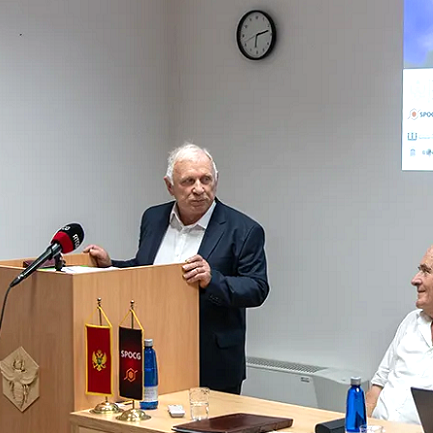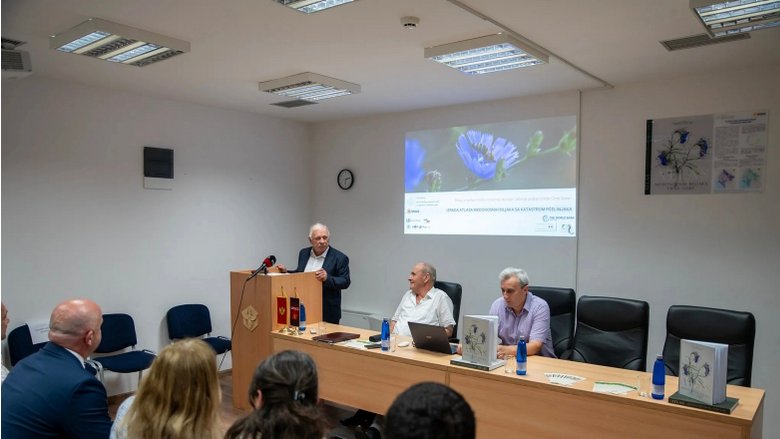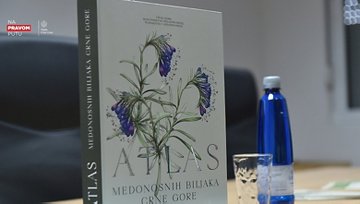Honey is not only tasty, but it also represents a source of additional income for many households in Montenegro. With honeybee populations in Europe and around the world under threat of extinction, Montenegro has recognized that more needs to be done to develop a more sustainable and resilient beekeeping sector—especially given the impact bees have through pollination on the country’s agriculture and local ecosystems.
With the support of the Second Institutional Development and Agriculture Strengthening Project (MIDAS2), Montenegro’s National Association of Beekeepers Organizations (SPOCG) has developed a critical tool for optimizing beekeeping pasturage resources and boosting the country’s honey production - the Atlas of Honey Plants cataloguing flowering plants across Montenegro.
The result of over two years of research and documentation, the Atlas includes a detailed inventory of 130 melliferous species, their descriptions, photographs, and flowering characteristics. Apart from contributing to the sustainability of the sector, this resource enables the beekeepers and policy makers to protect the authenticity and geographical origin of Montenegrin honey. Montenegro boasts one of the most floristically diverse Balkan and European areas, with around 3,600 species and subspecies of vascular plants. Based on the research carried out so far, there are about 550 species the bees of Montenegro like to visit.




